Search Images
Browse Content (p. 1647)
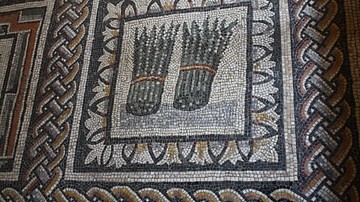
Image
Asparagus, Roman Mosaic
A Roman floor mosaic dating to between 350 and 375 CE and depicting asparagus. Food was a popular subject in mosaics throughout the Roman period. Provenance: Toragnola, Rome. (Vatican Museums, Rome).
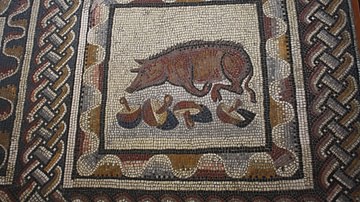
Image
Wild Boar, Roman Mosaic
A Roman floor mosaic dating to between 350 and 375 CE and depicting a wild boar and mushrooms. Food was a popular subject in mosaics throughout the Roman period. Provenance: Toragnola, Rome. (Vatican Museums, Rome).
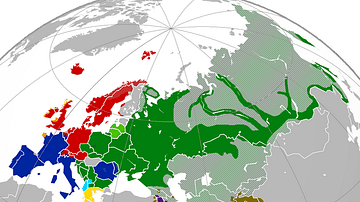
Image
Indo-European Language Family
Approximate geographical distribution of the Indo-European language family today in Eurasia.
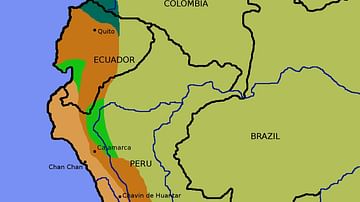
Image
Map of the inca Empire
A map showing the various stages of expansion of the Inca empire.
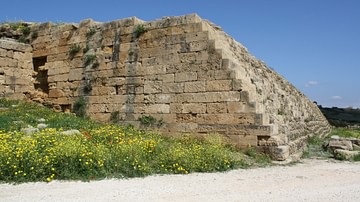
Image
Fortifications, Selinus
Part of the impressive 5th to 3rd century BCE fortification wall of Selinus.
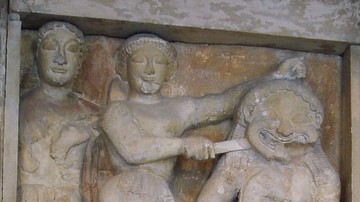
Image
Perseus and Medusa
Archaic style sculpture depicting Perseus slaying the Gorgon Medusa who holds Pegasus. Mid-6th century BCE metope from Temple C, Selinus, Sicily. (Archaeological Museum of Palermo)
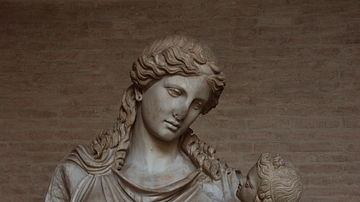
Image
Eirene and Ploutos
Eirene, goddess of peace, and her baby son Ploutos, god of wealth. Copy of a statue by Cephisodotus, originally placed in the marketplace of Athens, c. 370 BCE.
Photographed in the Glyptothek in Munich.

Image
Vardhamana Mahavira
Painting of Vardhamana Mahavira, dated on 1900. Personal collection of photos of Jules Jain.
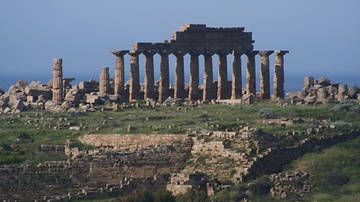
Image
Temple C, Selinus
Temple C, Selinus (Selinunte), Sicily. Built 580-560 BCE and possibly dedicated to Apollo and or Artemis. Originally the temple had 6 columns on the facade and 17 along the length. The temple once measured 63.7 x 24 metres and was the main...
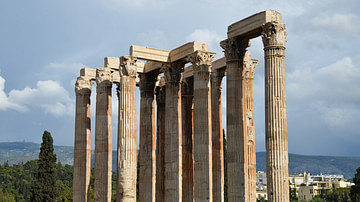
Image
Temple of Olympian Zeus, Athens
The remaining Corinthian columns of the 5th century BCE temple of Olympian Zeus, Athens. It was not completed until the reign of the Roman Emperor Hadrian in the 2nd century CE, some 638 years after the project had begun.